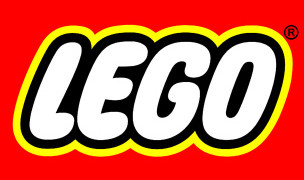 3 Terms
3 TermsHome > Industry/Domain > Chemistry > Inorganic chemistry
Inorganic chemistry
Industry: Chemistry
Add a new termContributors in Inorganic chemistry
Inorganic chemistry
Potassium percarbonate
Chemistry; Inorganic chemistry
K 2 C 2 O 6 _H 2 O White, granular, water-soluble mass with a melting point of 200–300_C; used in microscopy, photography, and textile printing.
Titanate
Chemistry; Inorganic chemistry
A salt of titanic acid; titanates of the M 2 TiO 3 type are called metatitanates, those of the M 4 TiO 4 type are called orthotitanates; an example is sodium titanate, (Na 2 O) 2 Ti 2 O 5 .
Bismuth subcarbonate
Chemistry; Inorganic chemistry
(BiO) 2 CO 3 or Bi 2 O 3 _CO 2 _ 1 / 2 H 2 O A white powder; dissolves in hydrochloric or nitric acid, insoluble in alcohol and water; used as opacifier in x-ray diagnosis, in ceramic glass, and in ...
Iron tetracarbonyl
Chemistry; Inorganic chemistry
Fe 3 (CO) 12 Dark-green lustrous crystals that break down at 140–50_C; soluble in organic solvents. Also known as tri-iron dodecacarbonyl.
Potassium perchlorate
Chemistry; Inorganic chemistry
KClO 4 Explosive, oxidative, colourless crystals; soluble in water, insoluble in alcohol; decomposes at 400_C; used in explosives, medicine, pyrotechnics, analysis, and as a reagent and oxidising ...
Titanic acid
Chemistry; Inorganic chemistry
H 2 TiO 3 A white, water-insoluble powder; used as a dyeing mordant. Also known as metatitanic acid; titanic hydroxide.
Bismuth subnitrate
Chemistry; Inorganic chemistry
4BiNO 3 (OH) 2 _ BiO(OH) A white, hygroscopic powder; used in bismuth salts, perfumes, cosmetics, ceramic enamels, pharmaceuticals, and analytical chemistry.

